A graph plotted between log t50% vs log concentration is a straight line. What conclusion can you draw from this graph?
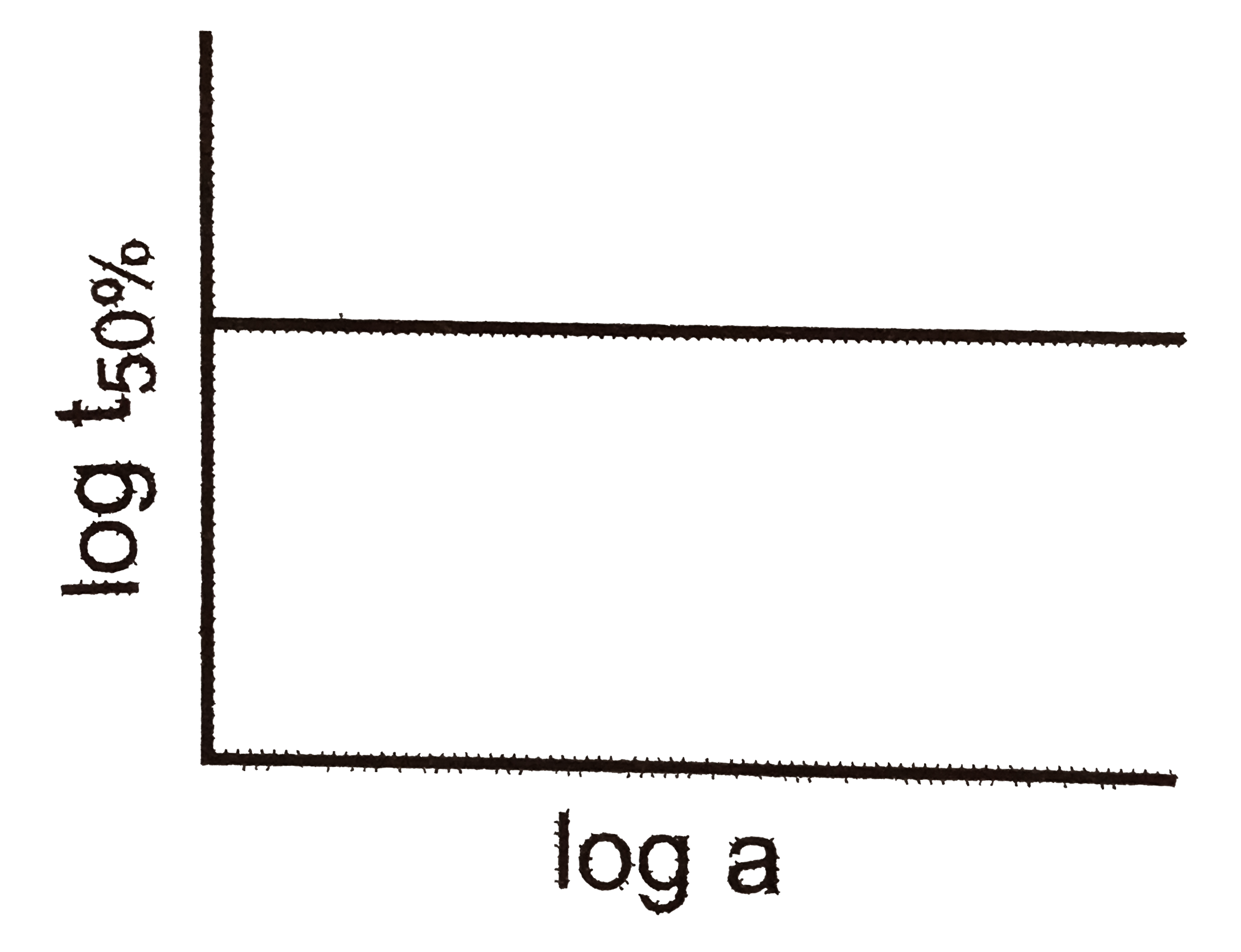
A
n=1:t1/2=1x×a
B
n=2:t1/2=1a
C
n=1:t1/2=0.693k
D
None of these
Video Solution
Text Solution
The correct Answer is:c
t1/2∝(a)(1−n)
or t1/2=z.(a)(1−n)
∴Log1/2=logz+(1−n)(loga)
or y=c+mx
|
Topper's Solved these Questions
- CHEMICAL KINETICSBOOK - P BAHADURCHAPTER - CHEMICAL KINETICSEXERCISE - Exercise 1
2 Videos
- CHEMICAL KINETICSBOOK - P BAHADURCHAPTER - CHEMICAL KINETICSEXERCISE - Exercise 3A
2 Videos
- DILUTE SOLUTION AND COLLIGATIVE PROPERTIESBOOK - P BAHADURCHAPTER - DILUTE SOLUTION AND COLLIGATIVE PROPERTIESEXERCISE - Exercise 9 Advanced Numerical
12 Videos
Similar Questions
Knowledge Check
A graph plotted between logt50% vs log concentration in a straight line. What conclusion can you draw from this graph?
 An= 1, t1/2=tx×aBn=2,t1/2=1aCn=1,t1/2=0.693kDnone of these
An= 1, t1/2=tx×aBn=2,t1/2=1aCn=1,t1/2=0.693kDnone of theseA graph plotted between log t50% vs log concentration is a straight line. What conclusion can you draw from this graph?
 An = 1 , t1/2=1KaBn = 2 , t1/2=1/aCn=1,t1/2=0.693KDNone of these
An = 1 , t1/2=1KaBn = 2 , t1/2=1/aCn=1,t1/2=0.693KDNone of theseA graph plotted between log k vs 1T is represented by
A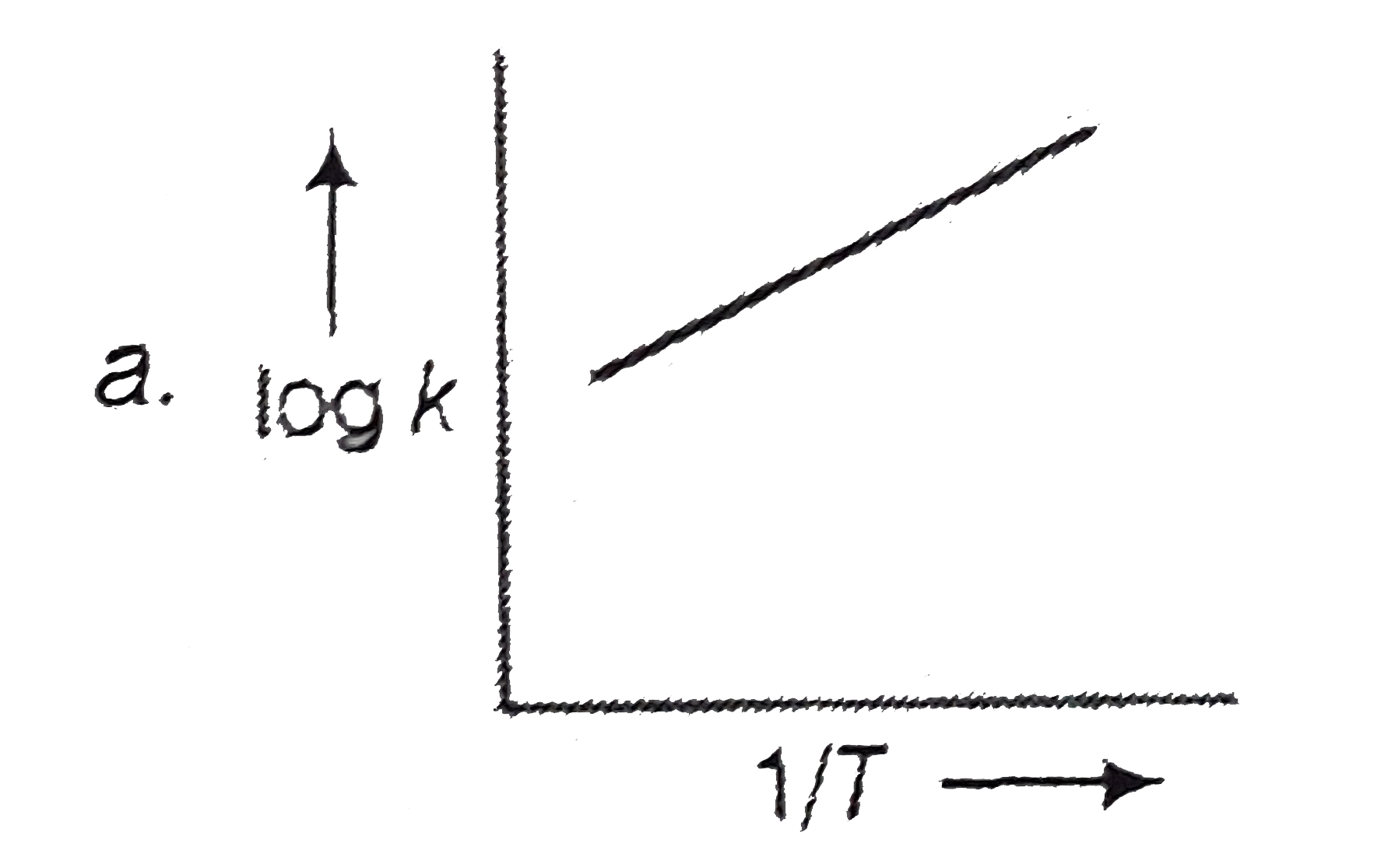 B
B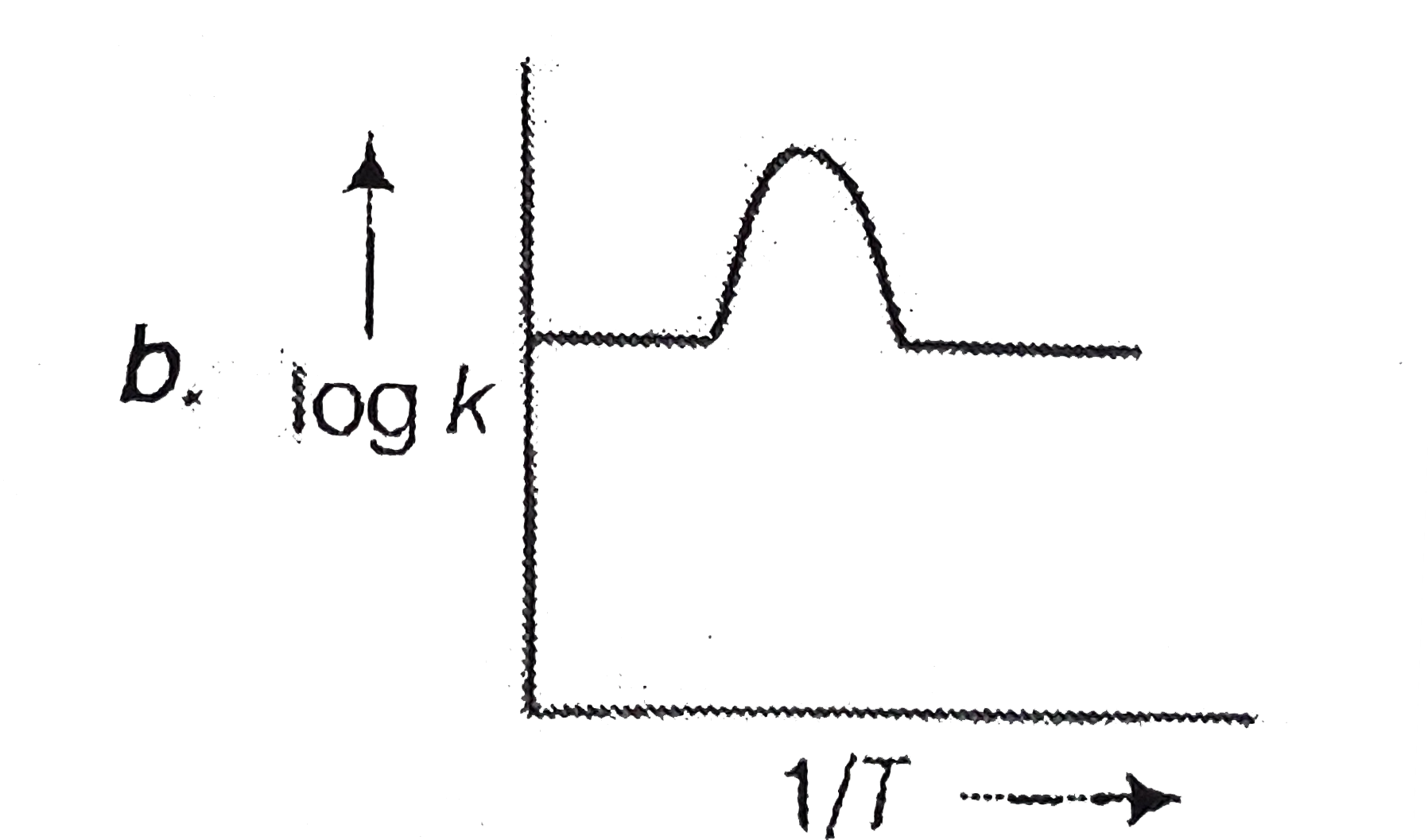 C
C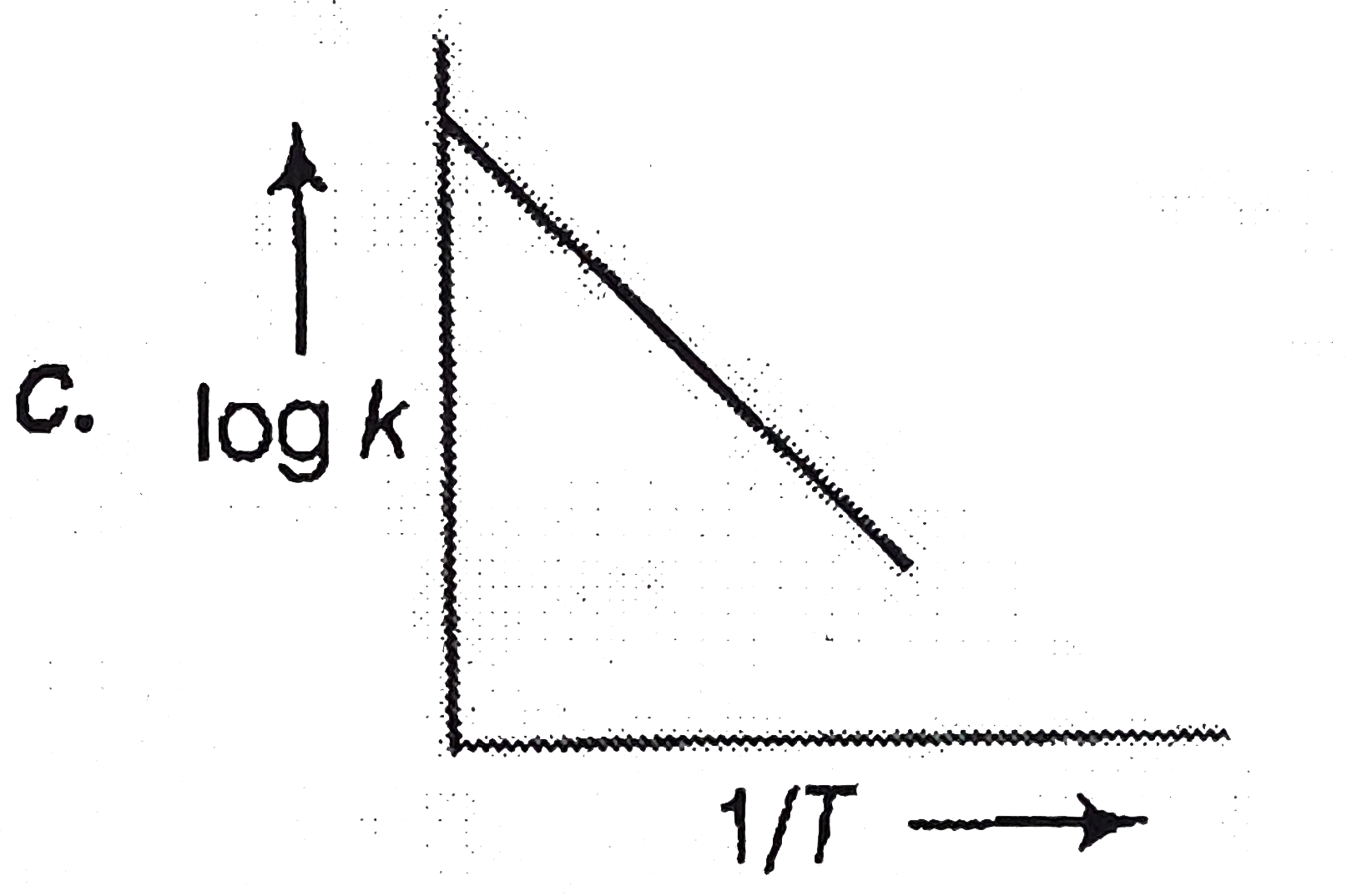 D
D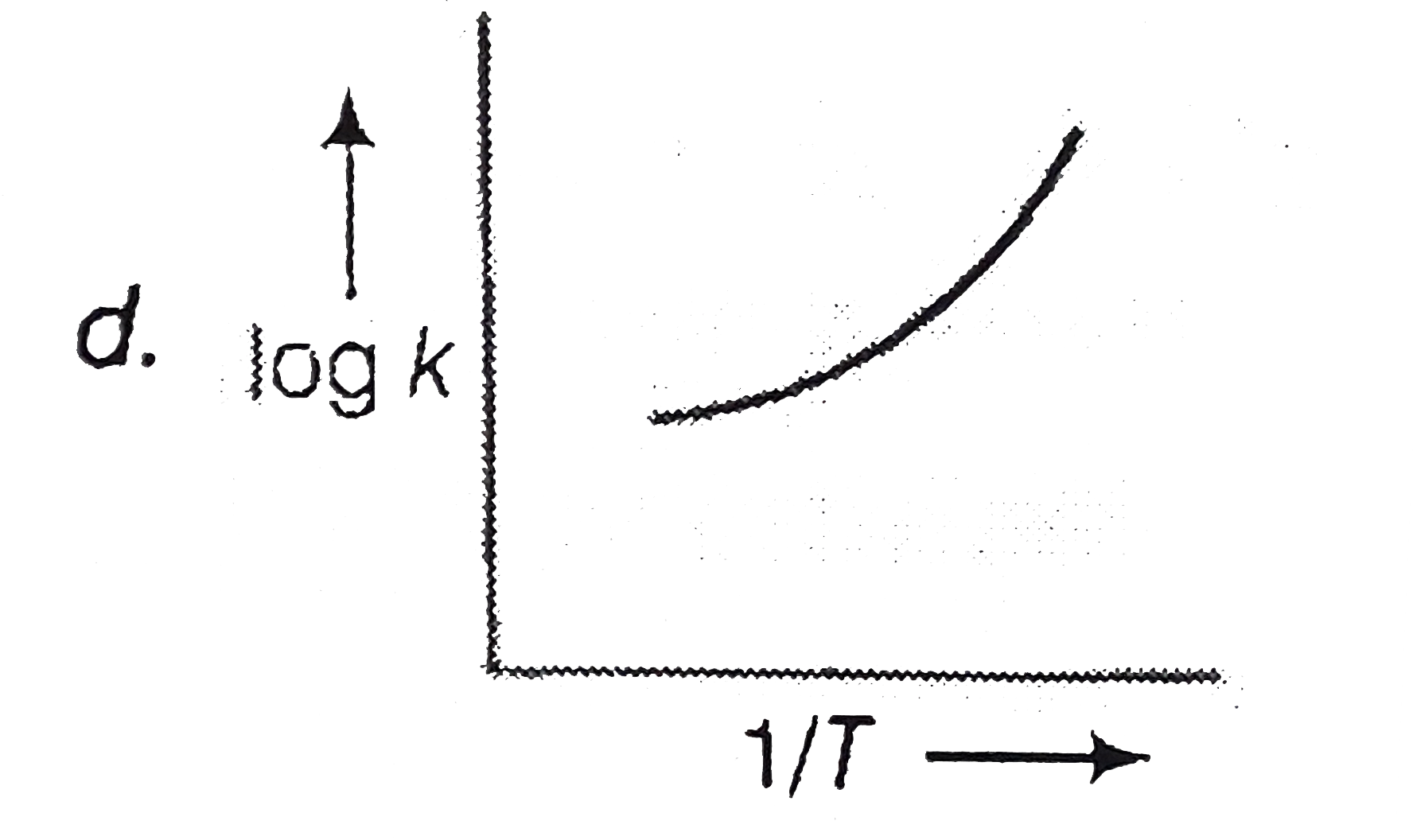
A graph plotted between logk versus 1/T for calculating activation energy is shown by
View SolutionA graph plotted between log N vs, time gives a slope and intercept equal to:
View SolutionA graph plotted between logk versus 1/T for calculating activation energy is shown by
View SolutionWhich conclusion can be drawn if a graph is plotted between log t50% vs. log [reactant] if it show an intercept 'A' and tanθ=0?
View SolutionA graph plotted between logk versus 1/T for calculating activation energy is shown by
View Solution

